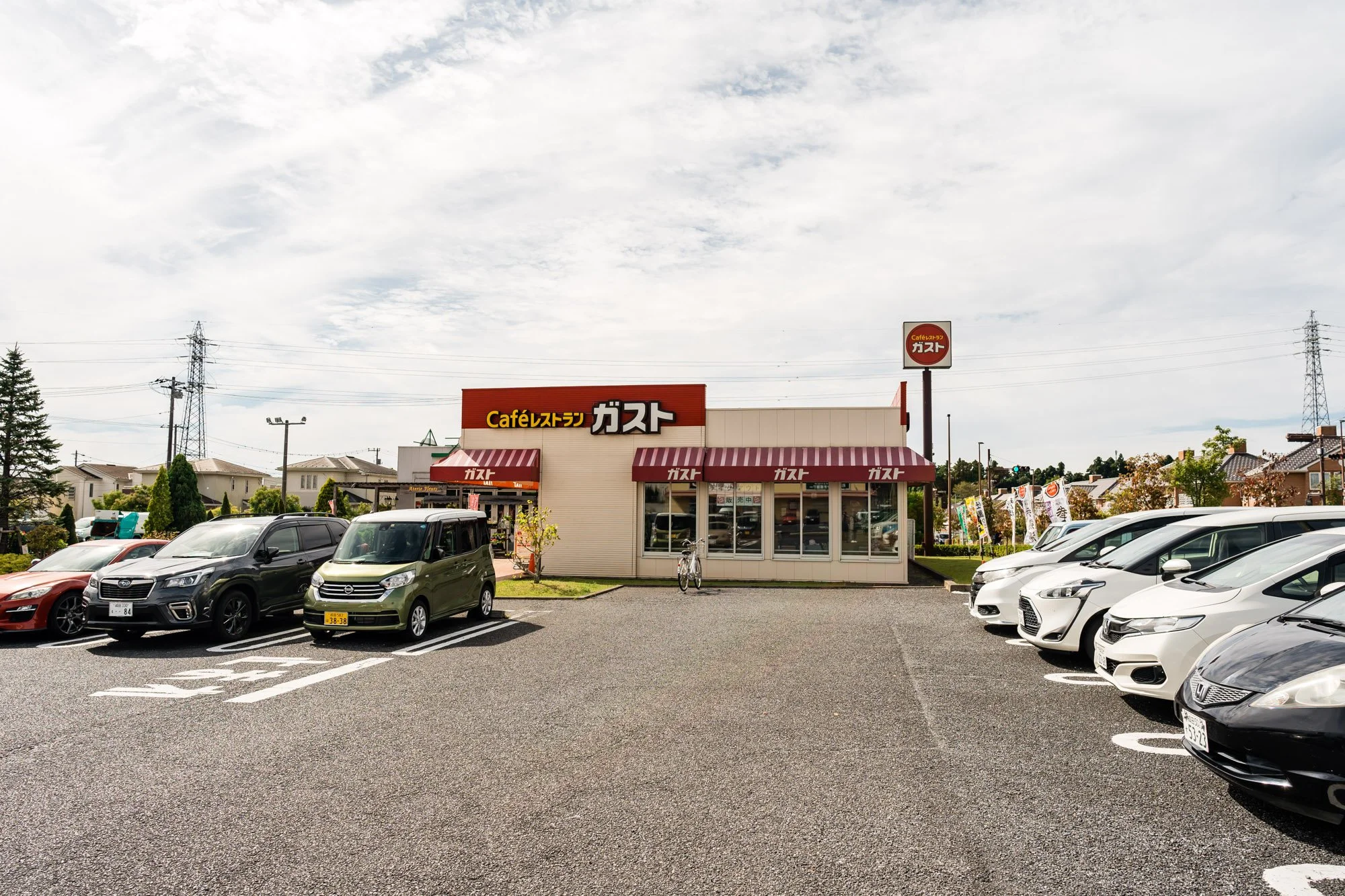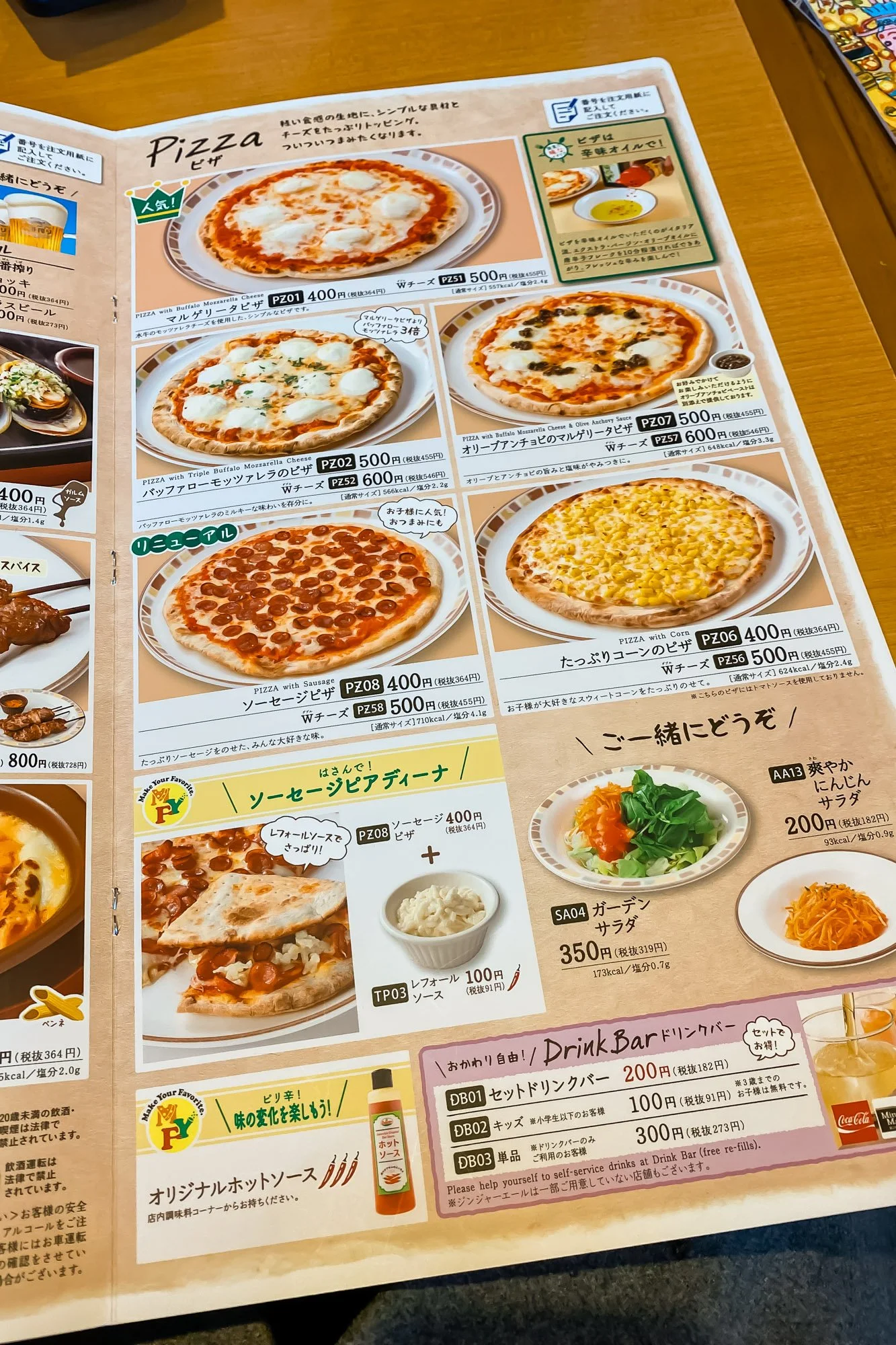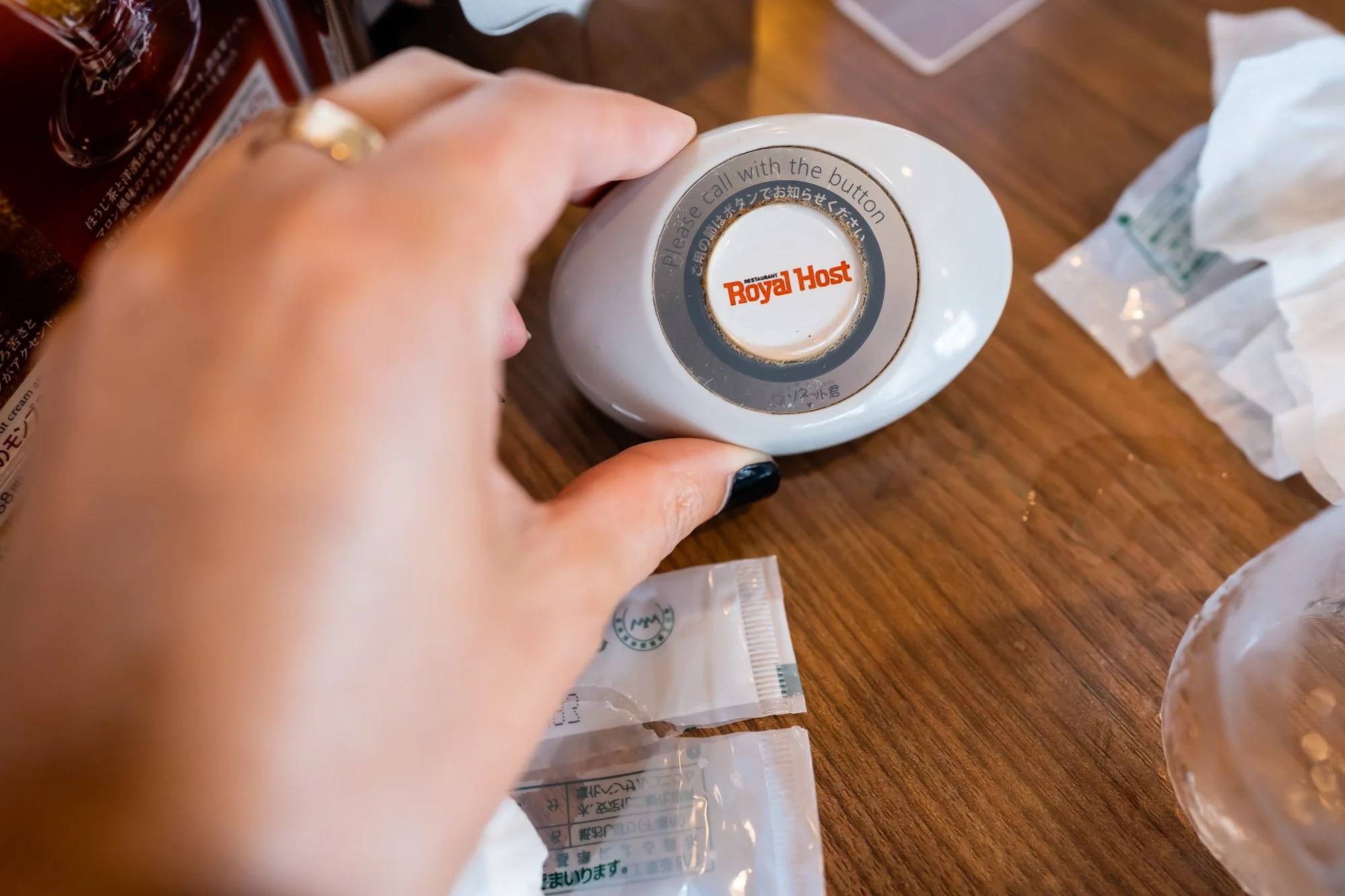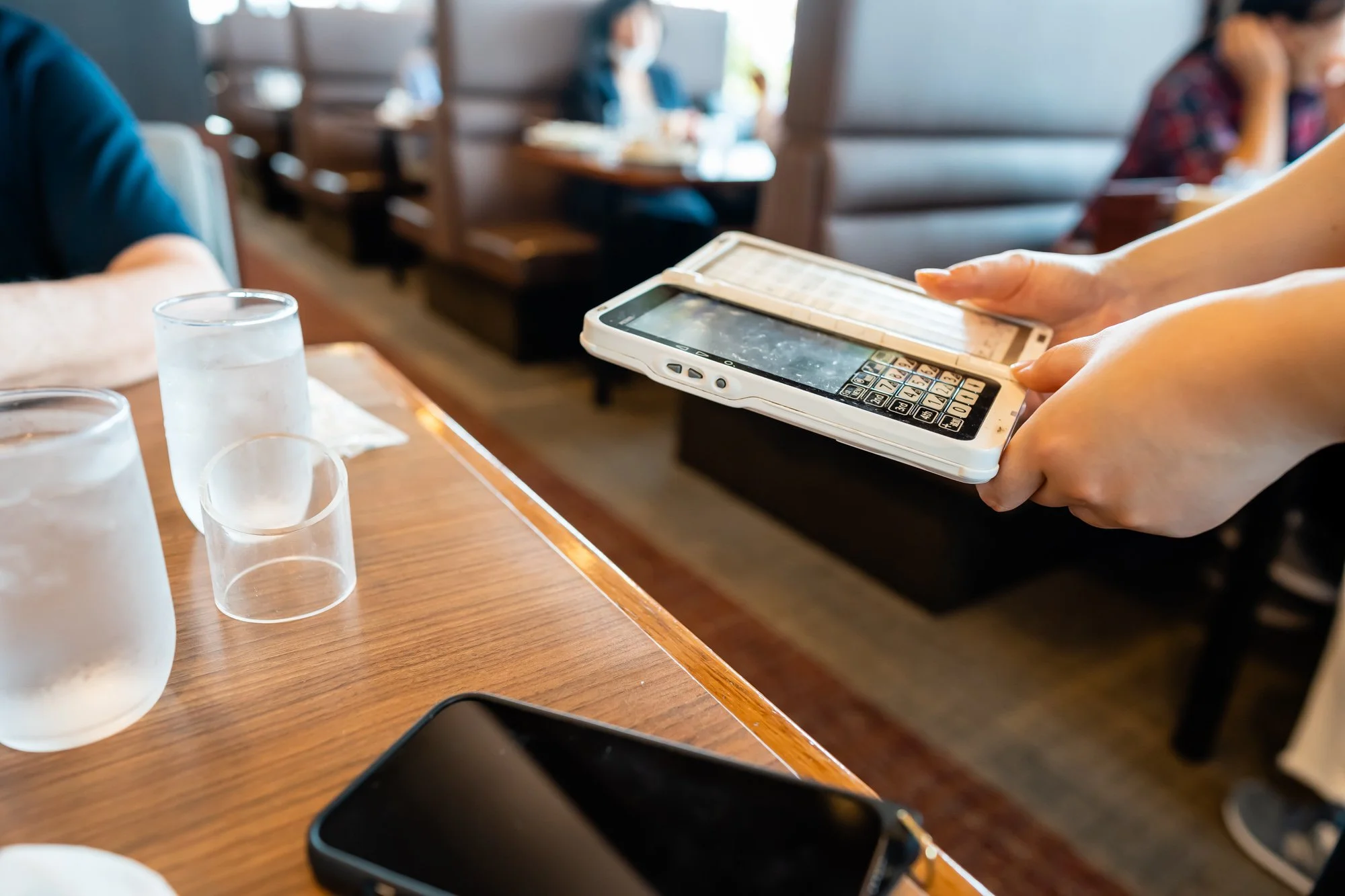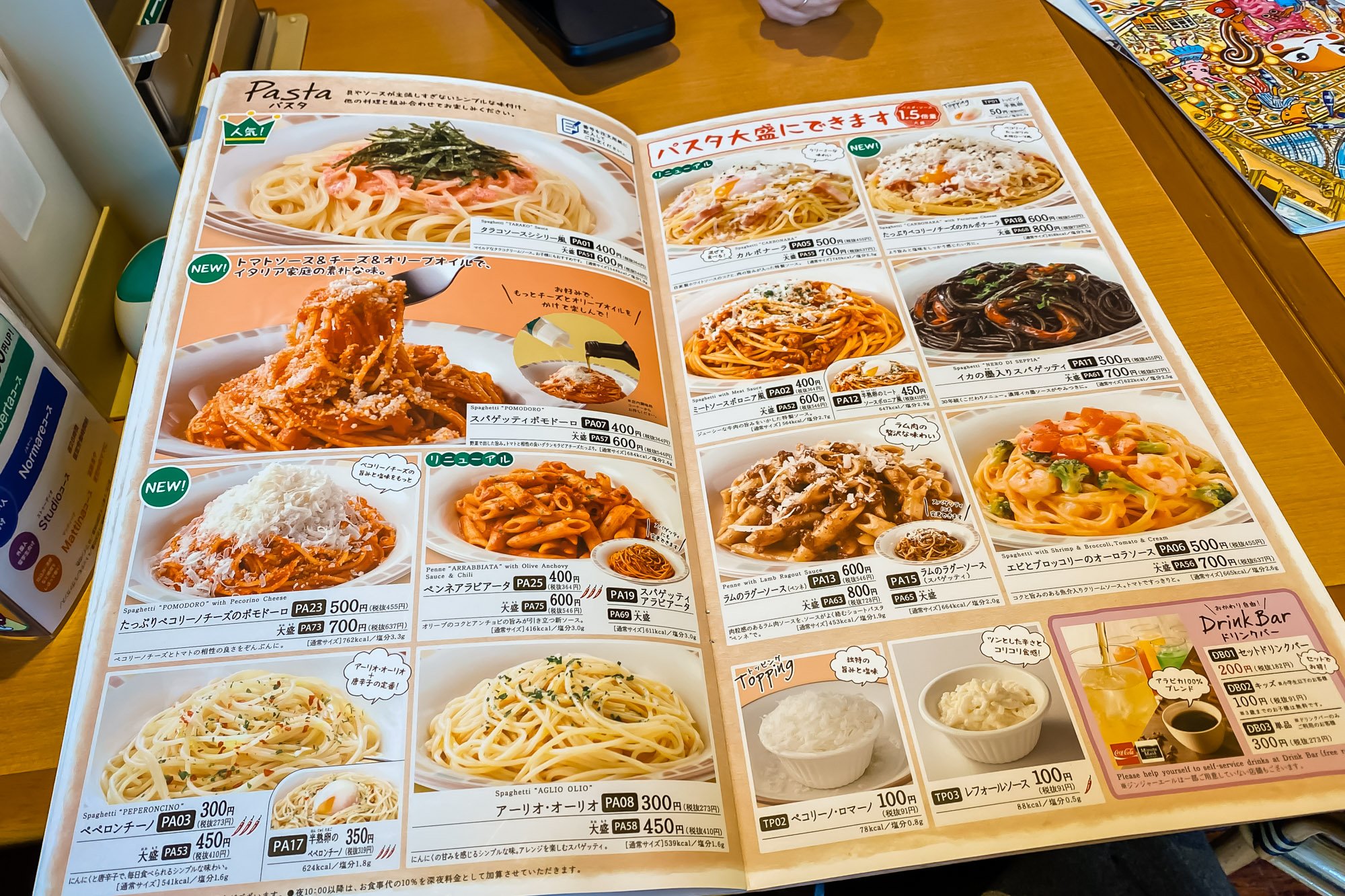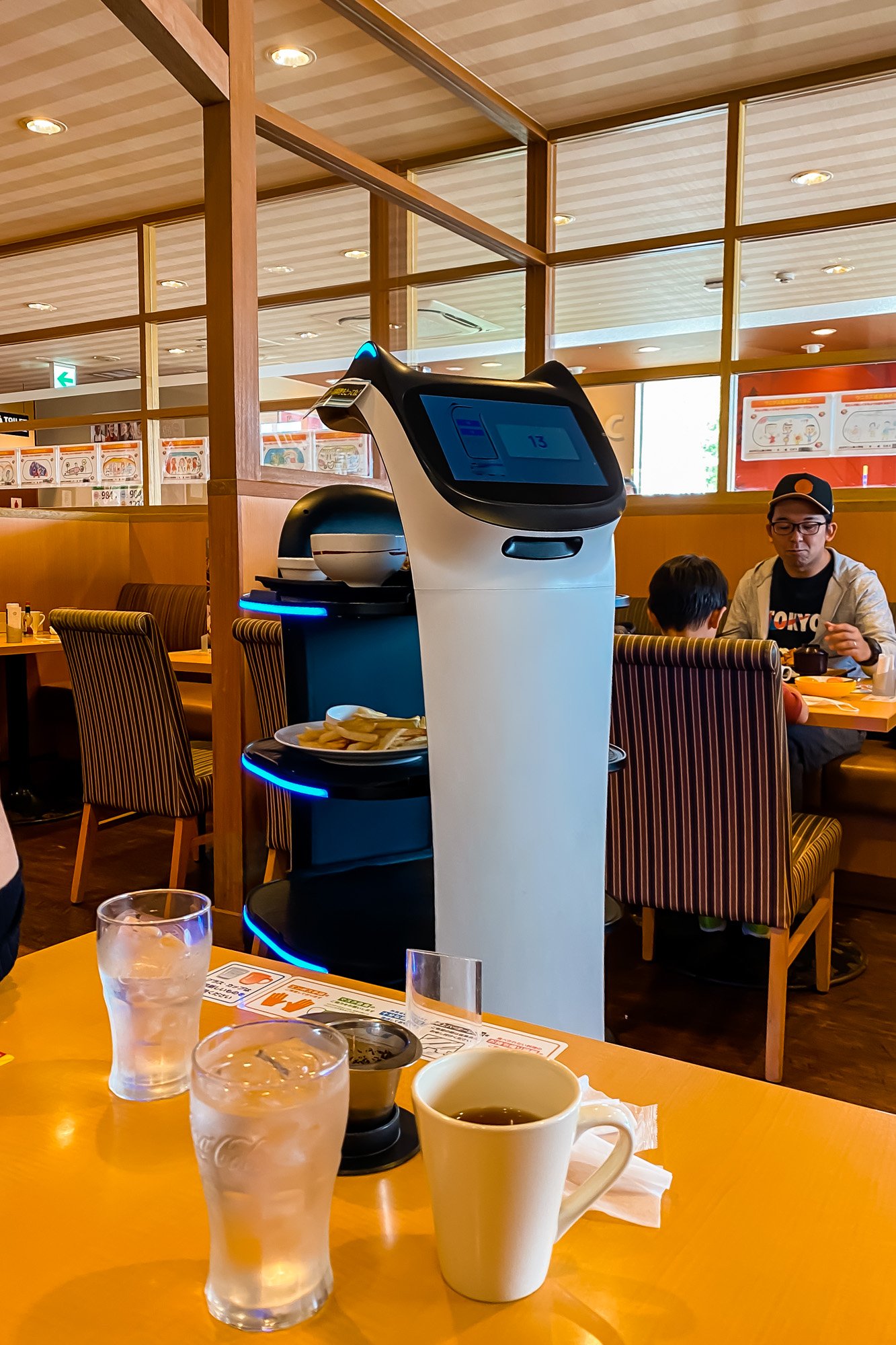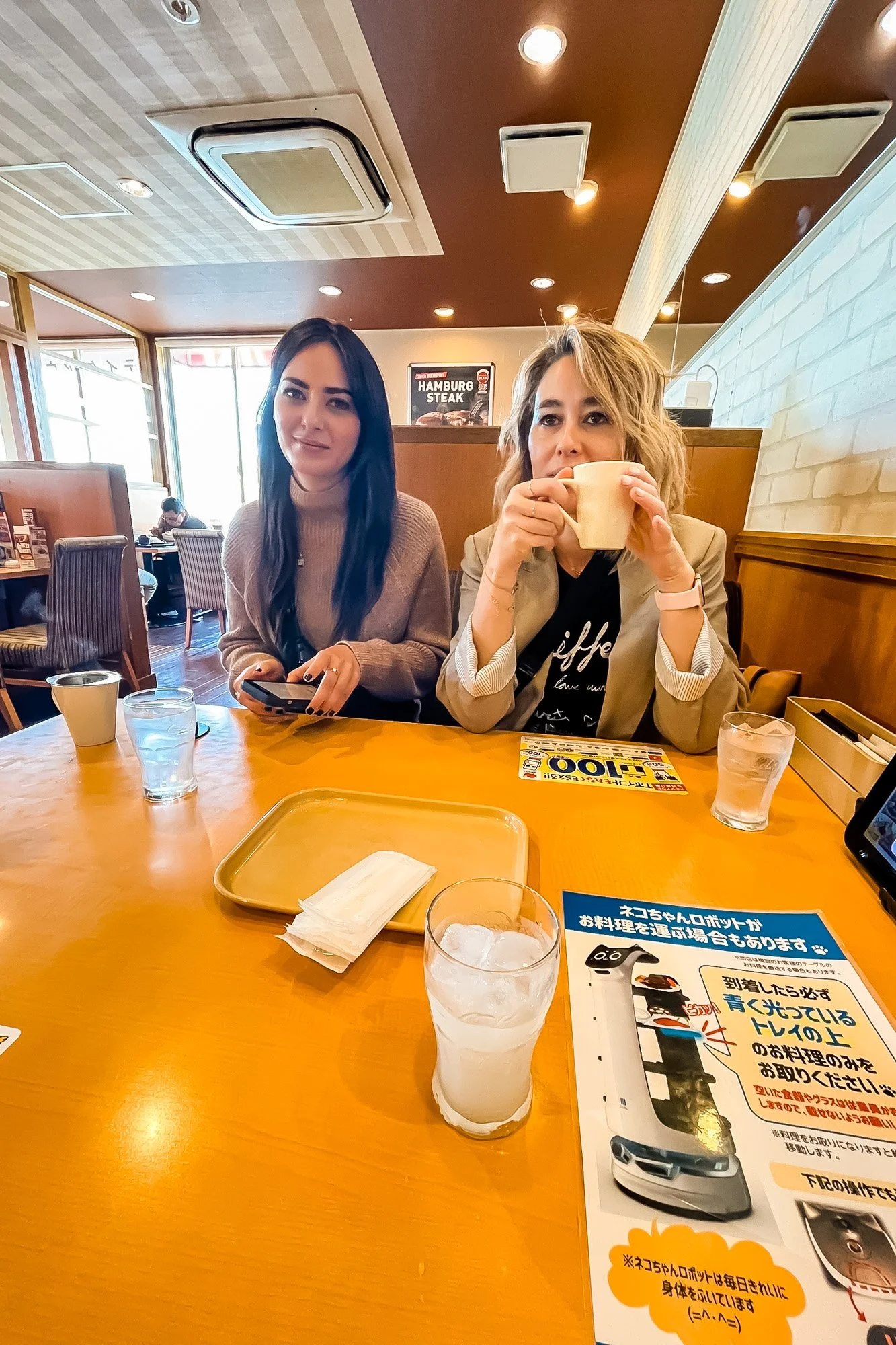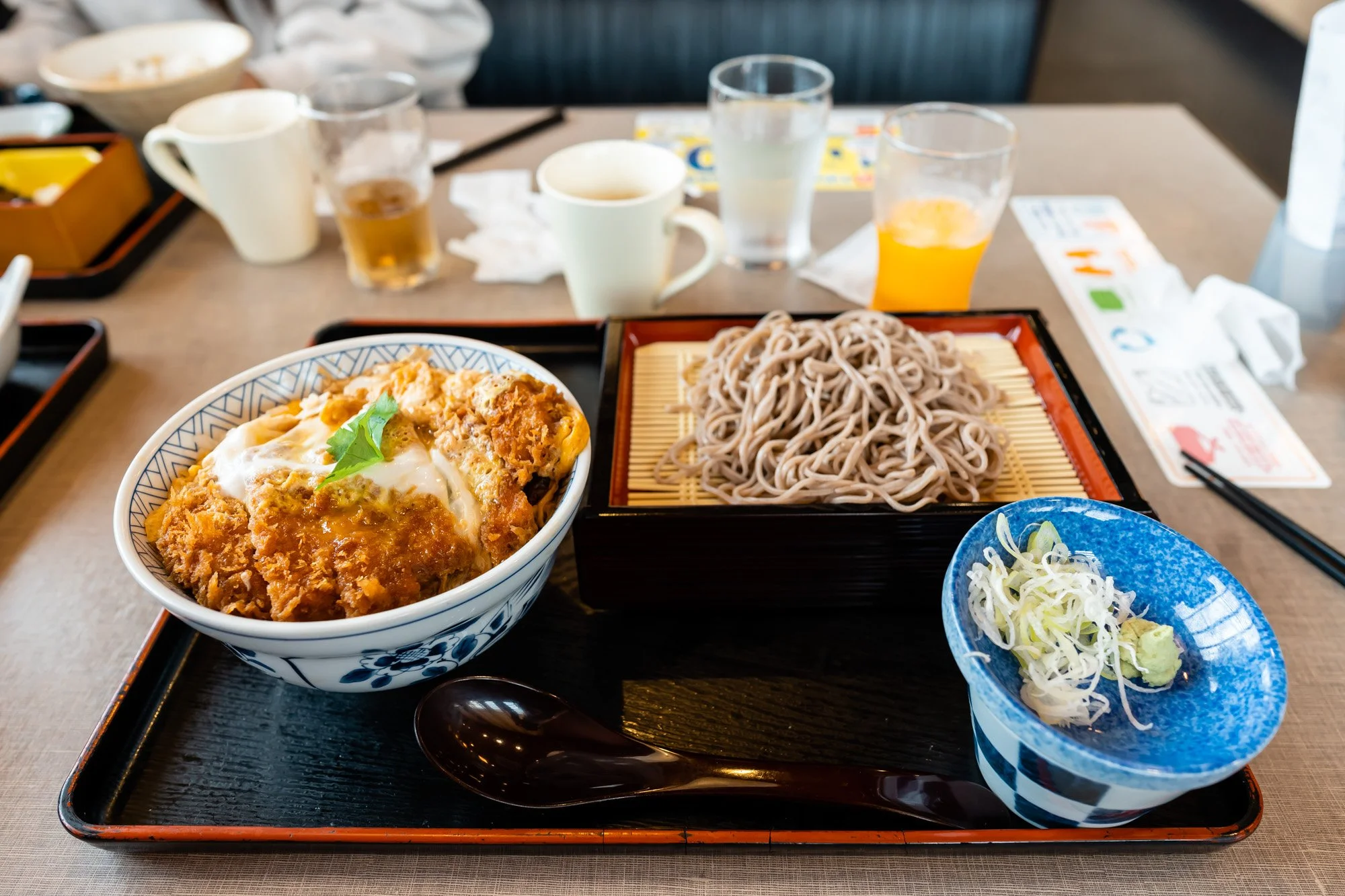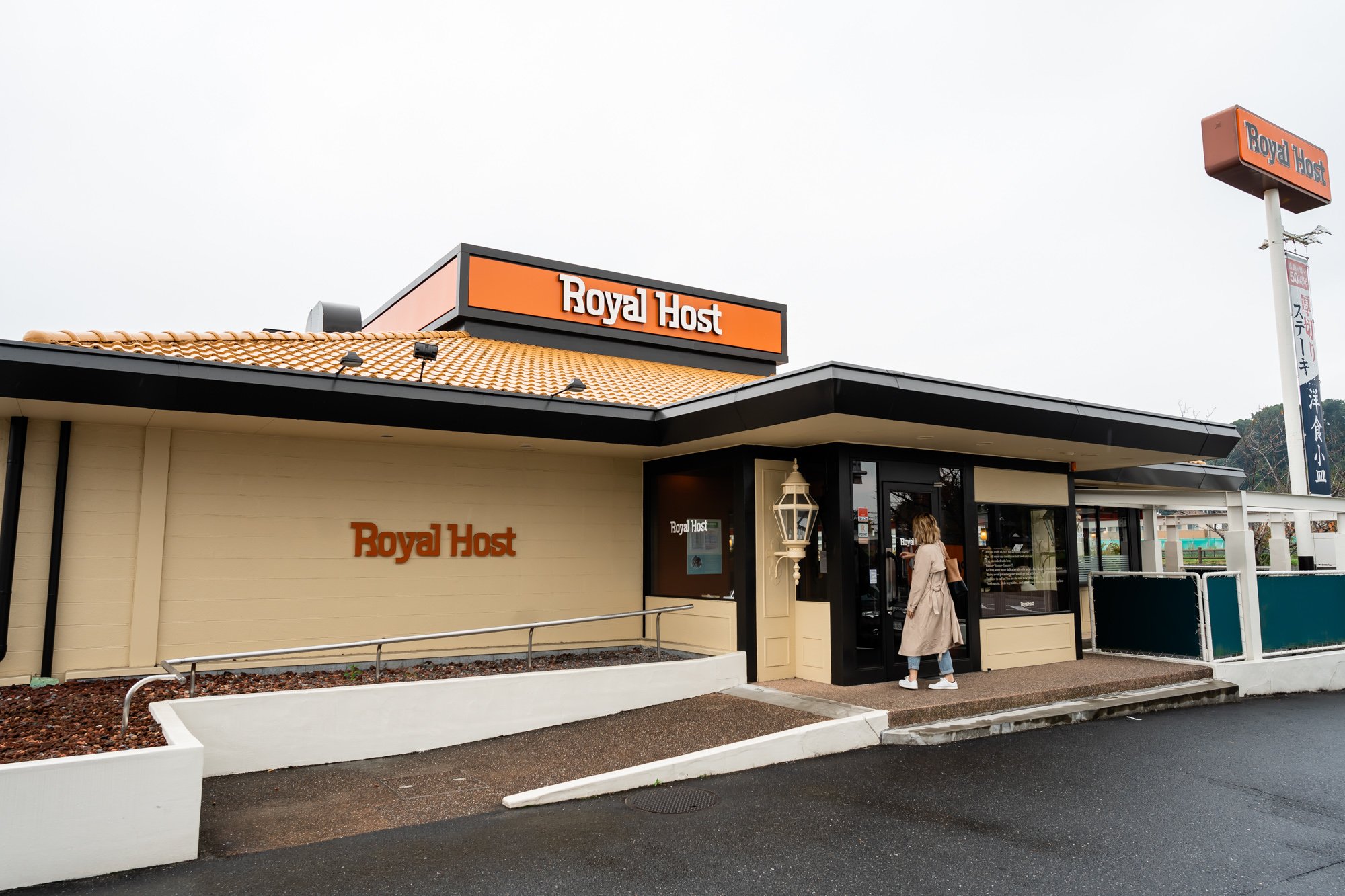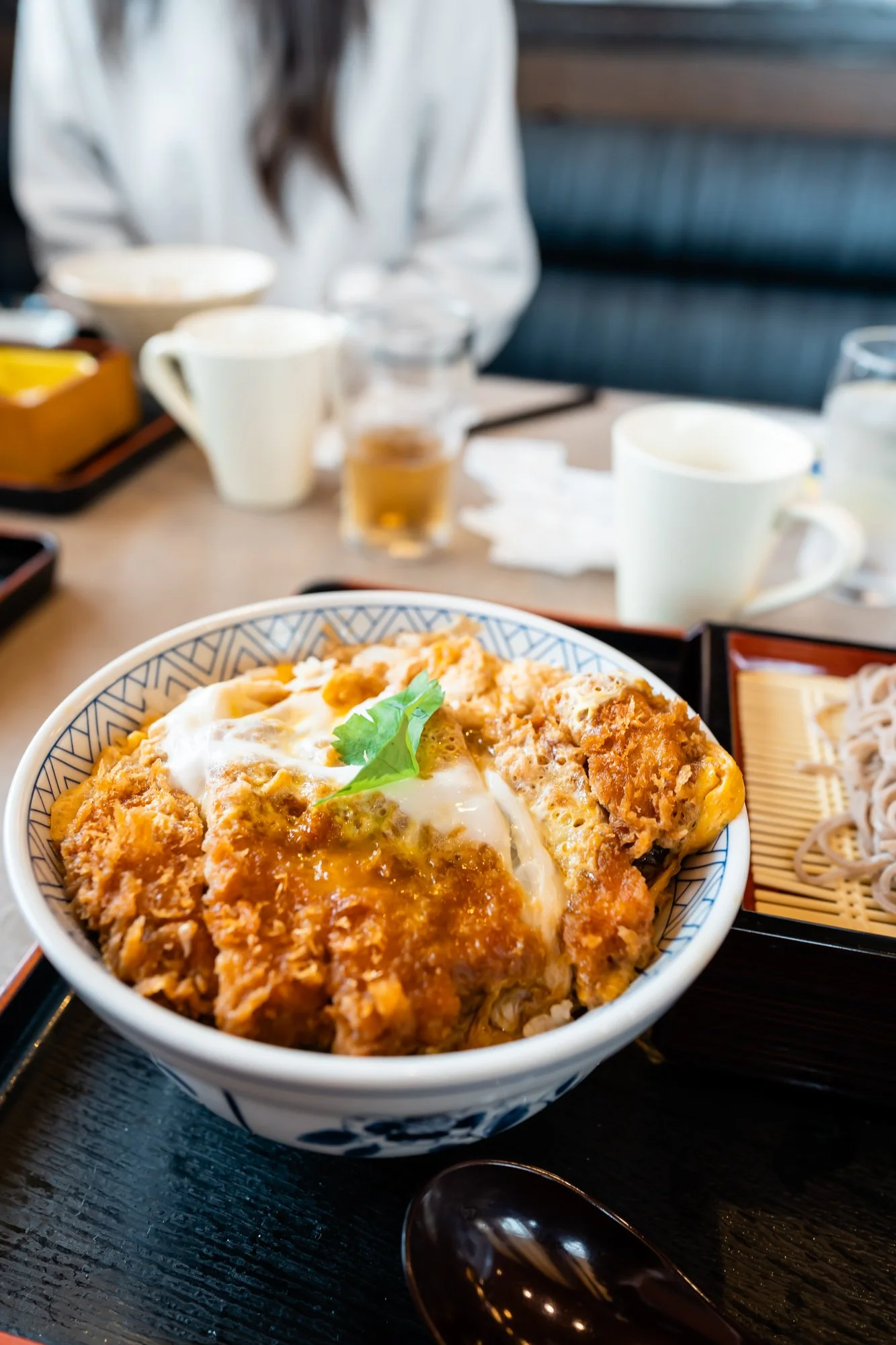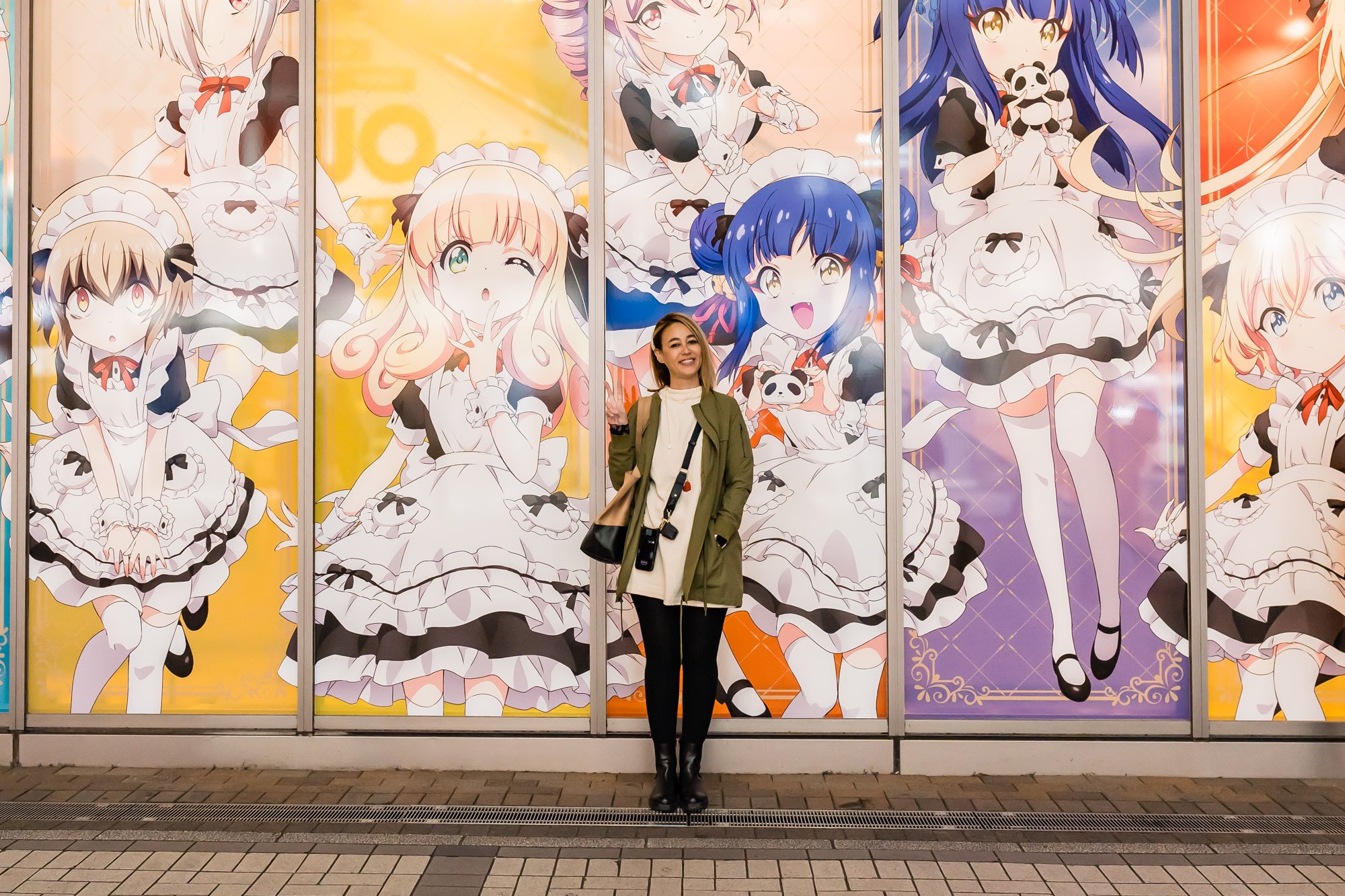7 Things We Love About Japanese Family Restaurants
/This post contains affiliate links, which means that at no additional cost to you if you click on one of the product links, we may earn a commission. As Amazon Associates, we earn from qualifying purchases.
There are many different types of restaurants in Japan, but have you ever considered stepping inside a Japanese family restaurant? What is a Japanese family restaurant? In Japan, we call it famiresu (ファミレス), which is short for "family restaurant and it’s somewhat similar to chain restaurants in the U.S.
Gusto Family Restaurant Entrance
Yume An Family Restaurant
Japanese family restaurants provide a wide variety of dishes across many different cuisines which makes it easy to accommodate everyone’s culinary tastes.
When we first moved back to the States, there were several things we missed about dining in Japan that we wish the U.S. would adopt.
Gusto Restaurant in Narita Japan
Here is our list of seven things we love about Japanese family restaurants and FYI, everything we list has been around since we were little kids (we’re Gen X) except for number six:
1. Drink Bar (ドリンクバー)
A drink bar sounds like a separate section of the restaurant where you order alcohol. It is a separate section in the restaurant; however, you get access to unlimited self-serve non-alcoholic drinks.
A Drink Bar at Saizeriya
There is a ton of selection from tea, coffee, juice, soft drinks, and even slushies. Different restaurants may serve different drinks, but in general, they are all pretty much the same.
Crystal’s favorite is the melon soda and Candy likes the chilled barley tea. Typically after our meals, we’ll grab seconds of something warm like black tea or coffee. The drink bar is an additional fee, but it’s very reasonable. If you order a meal, it’s usually an add-on for around ¥250 (~$1.90) to ¥300 (~$2.30).
A Drink bar at Yume An Family Restaurant
Drink Bar Prices on the Bottom Right of the Menu
Because it’s free refills, it’s perfect for passing the time alone or with friends as many are open 24 hours. We did this a lot in high school and even now when we visit Japan and catch up with old friends.
2. Wet Towels (お絞り)
We call these wet towels “oshibori”, which is a moist towel for cleaning your hands. When you sit down at your table, you’ll either receive a warm towel or there will be a pre-packaged individually wrapped towel at your table. Usually, the latter is more common as it’s easier but it does create more waste.
A Pre-Packaged Wet Towel
We love this custom because it prevents everyone from having to take turns going to the bathroom to wash their hands. It’s rare these days, but some restaurants still have a small sink at the entrance where you can wash up before heading to your table.
3. Call Button (呼び出しボタン)
We hate having to wave down or shout for a server, so having a call button solves all these uncomfortable and sometimes annoying situations. These call buttons are installed in each table and the response is rather quick.
Royal Host’s Call Button
When you’re ready to order, you simply press the button on the table which will alert the serving staff. You’ll hear the sound of a very distinct ringtone throughout the restaurant so you know (and everybody else) that it’s working.
4. Handheld POS or iPad (ハンディターミナル)
You know what makes us nervous at restaurants in the States? Servers who try to memorize an entire family’s order. We were both servers in our youth, so we’re not hating on anyone who has done this with zero mistakes.
Our Server Taking our order with a Handheld POS
But, in our experience, an error is made 99% of the time when it’s not jotted down. Servers in Japan will have a handheld POS system (this is not new technology, it’s been around for decades) and after the order is inputted, the server will always repeat the order back to the table. Because of this system, inaccuracies in an order are rarely made.
Ordering our food from an iPad
Nowadays, many family restaurants have an iPad on each table where you can place your order. This became more commonplace after the pandemic to provide a contactless experience. Our mother actually prefers ordering with a server as the iPad can be a little stressful for her.
5. Large Illustrated Menus (メニュー)
We always wonder how much the restaurant industry in Japan spends on producing menus because they are very elaborate. Japanese family restaurant menus are large with fantastic images of the food.
Saizeriya Menu
Knowing what your meal will look like is nice, especially if you’re a tourist since this makes it easy to communicate to the server what you want even if your Japanese skills are limited.
Kid’s Menu at Fujiya Restarant
Candy and Mom looking over Yume An’s Menu
Many of the menus are bilingual but even if you can read it, it doesn’t necessarily mean you know what that dish looks like so having that photo takes the guessing out of what your meal might look like.
6. BellaBot (ベラボット)
On our most recent trip home to Japan, we noticed a lot more robots at family restaurants. Being that Japan is pretty high-tech, it was only a matter of time, but the pandemic definitely helped speed up this process.
Cindy grabbing her entree from Bellabot
We loved the experience and don’t mind not having any interactions with a real person. Of course, you’ll still see servers, but don’t be surprised if a robot delivers your food to the table. Perhaps if we adopt this more in the States, it will eventually eliminate tipping.
Bellabot delivering our food
Instructions about Bellabot on our table
7. Affordable Prices (お求め安い)
One of the things that make family restaurants so popular is their affordable mid-range price point. It’s especially a go-to place for families with young kids and young adults on a budget. We were a family of six, so our parents generally chose to dine at a famiresu because it was great food that didn’t break the bank.
Soba Noodle Entree From Yume An
On average, the meals cost between 500 and 2000 yen (~$3.80 - $15.30) and the kid’s menu has fantastic inexpensive entrees as well. You also don’t need to factor tipping into the price. Candy has worked as a server in Japan and can confirm that tipping never happens because the concept simply does not exist.
Royal Host narita Japan
Famiresu We Frequent
Everyone in our family has their favorite family restaurant. Our nephew is a fan of Gusto, which is pretty popular among young kids these days. He’s eleven years old and it’s his go-to famiresu when we are visiting.
Doria
Fried Chicken Entree
Most famireu serve a combination of Japanese and Western dishes, however, some specialize in a particular cuisine such as Japanese or Italian. Candy enjoys dining at Yumean and their dishes are focused on Japanese cuisine.
Shrimp Tempura Entree
Steamed Shrimp Entree
Katsudon
Saizeriya is a classic and very popular famiresu that specializes in Italian. We dined here often when we were teenagers because it’s pretty tasty for being so darn cheap. Crystal always orders their yummy Doria, but they are actually well known for their juicy Hamburgs.
Doria
Saizeriya Entrance
We recently dined at Royal Host (many Western entrees here) with our family and this one is considered to be a bit more upscale and the most expensive compared to the other famireu. You will however get more bang for your buck since the food here is of greater quality.
Beef Stew
Club Sandwich
You can find family restaurants in urban centers around train stations, but they are more commonly encountered outside of the city centers and along major roads. They are a fun place to check out if you’re visiting Japan or if you’re a foreign resident missing some Western food.
Narita, Japan
Have you been to a family restaurant in Japan? If so, let us know your favorite in the comments below!




